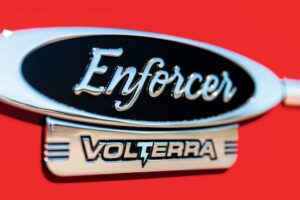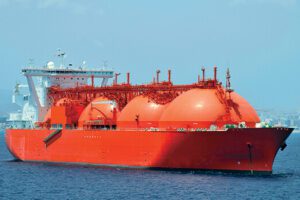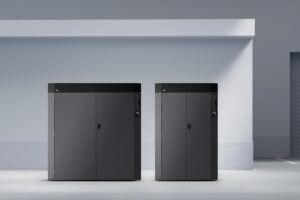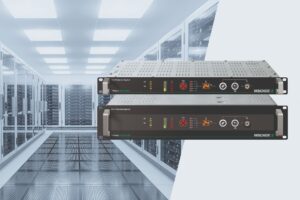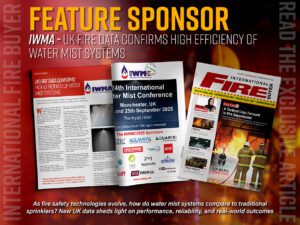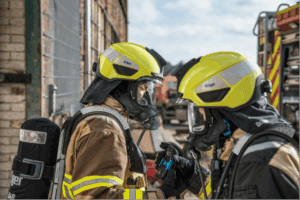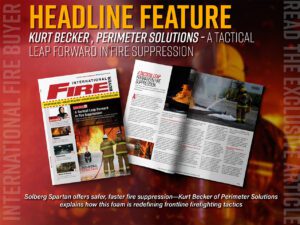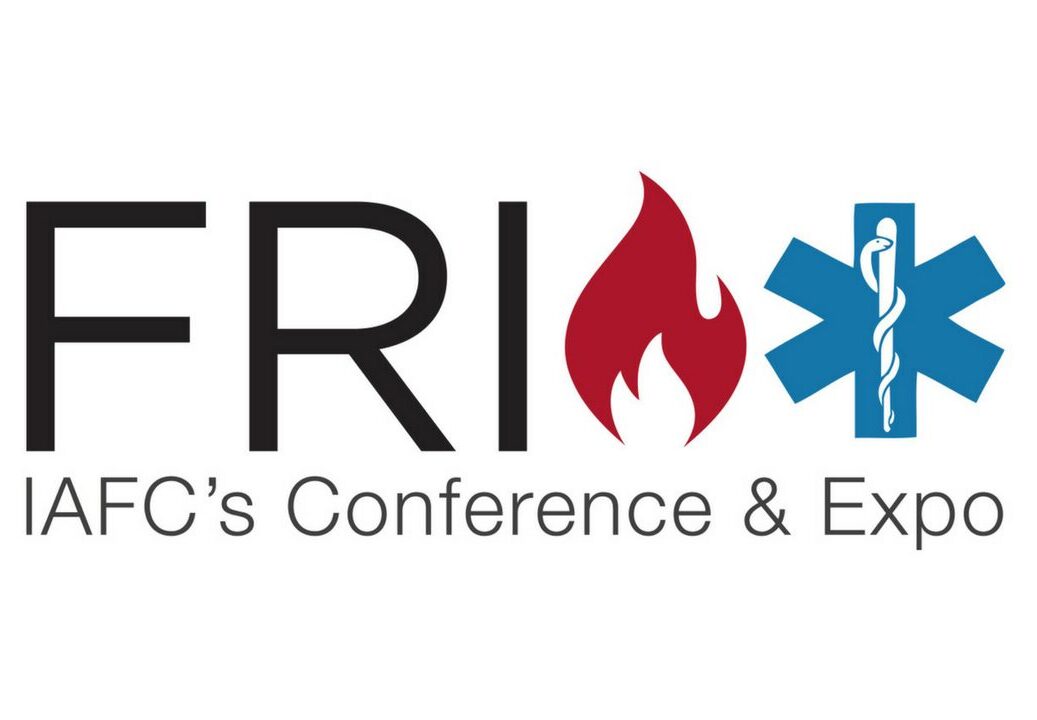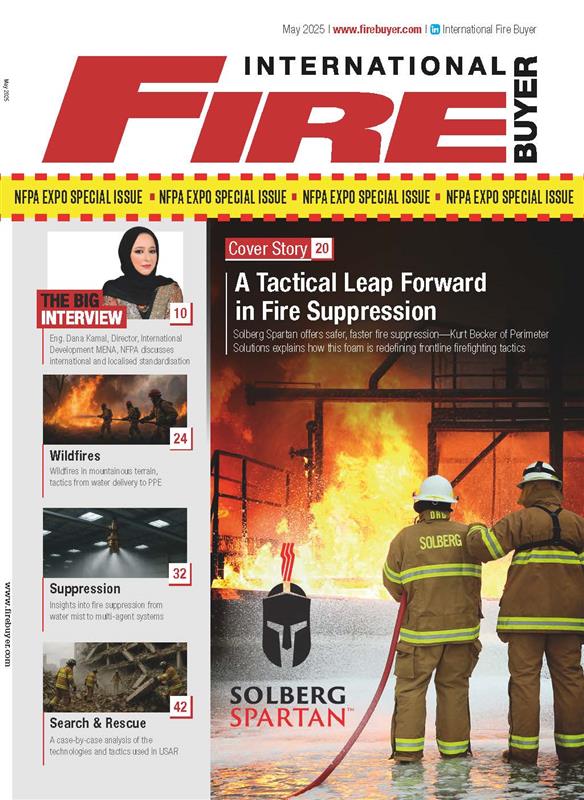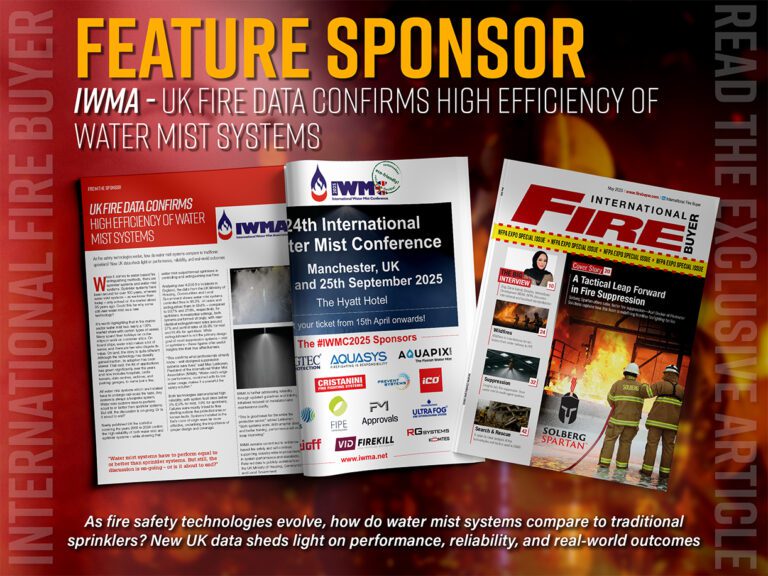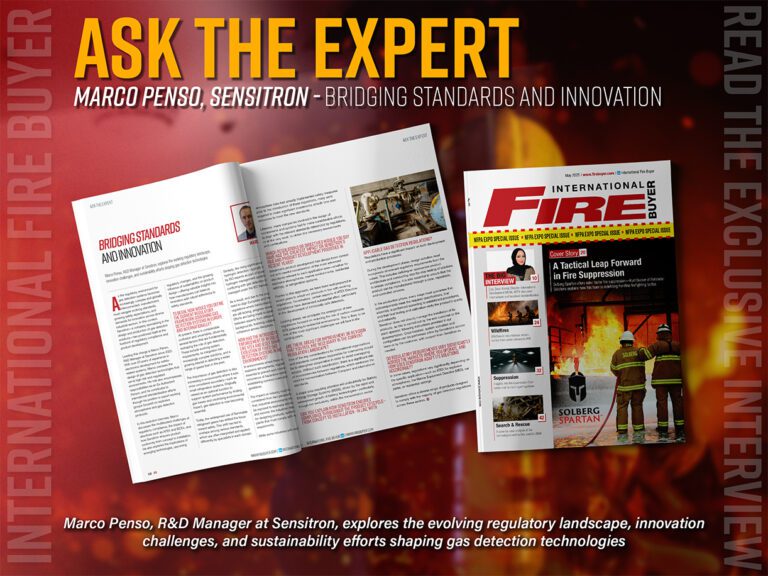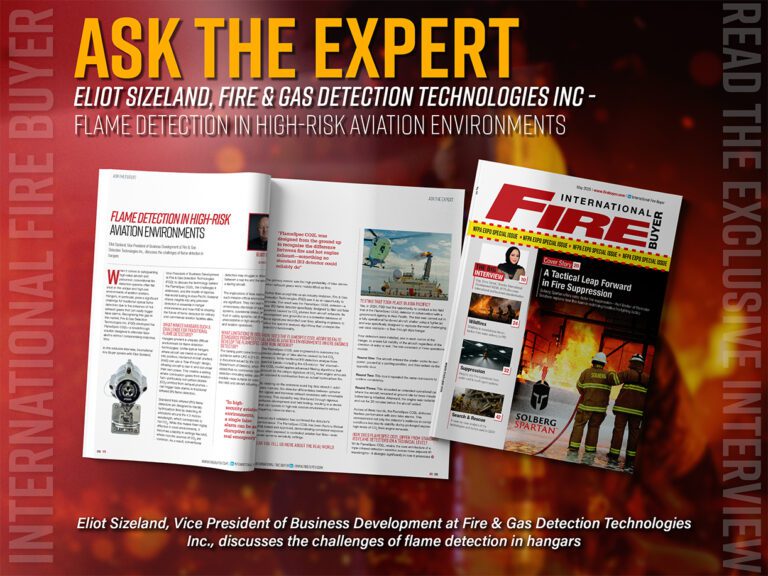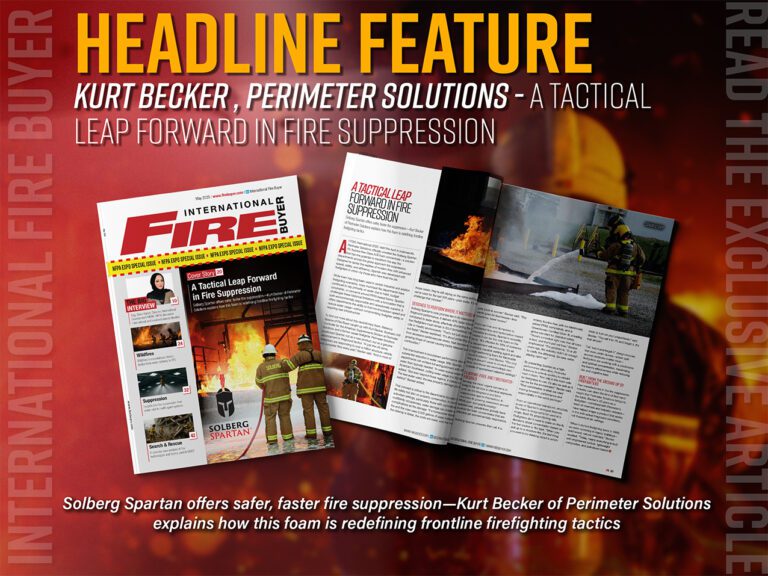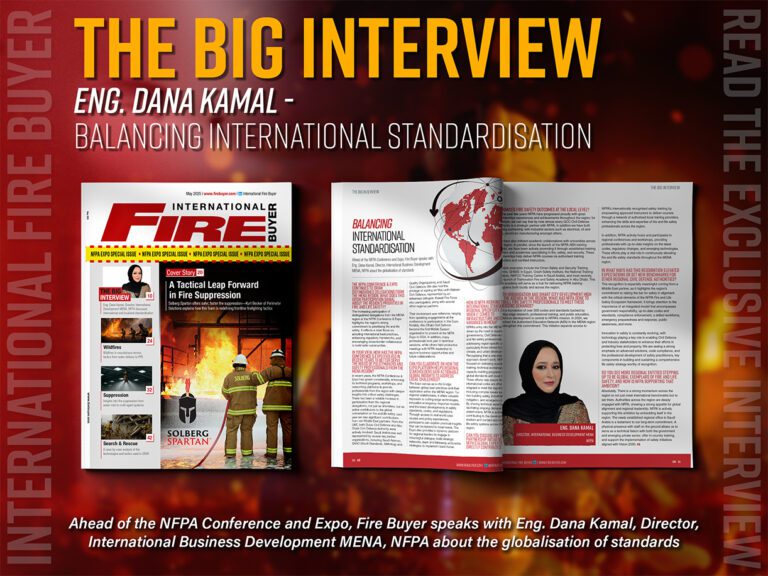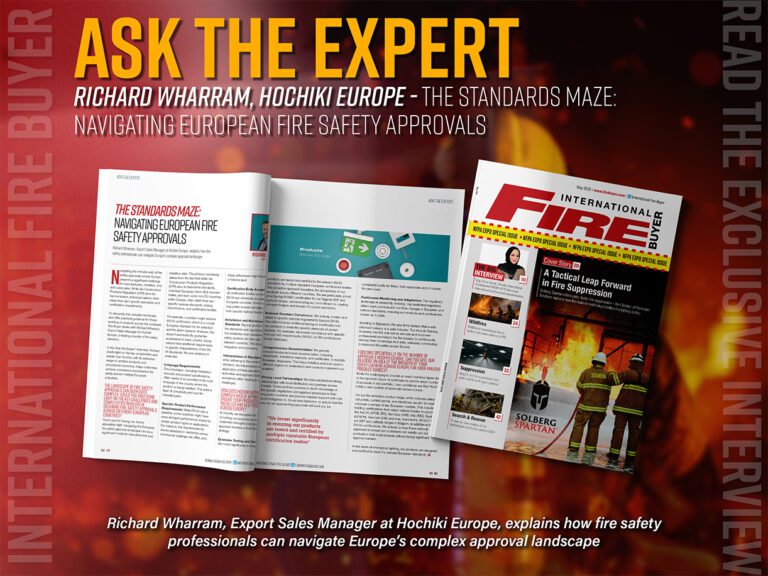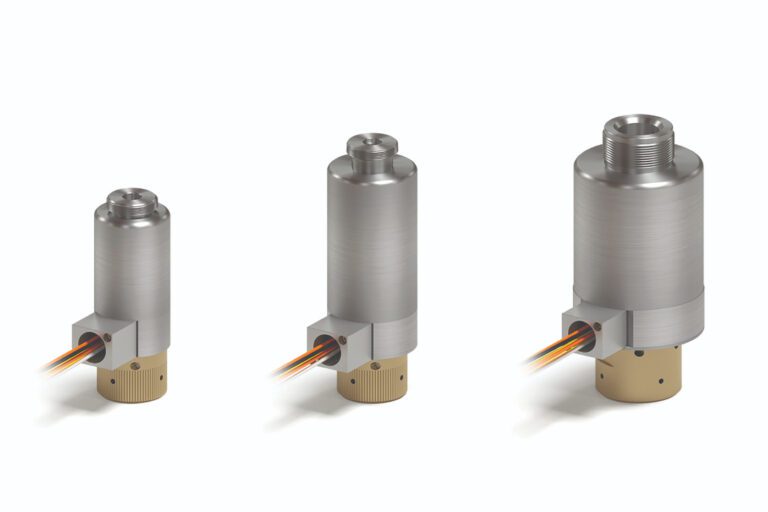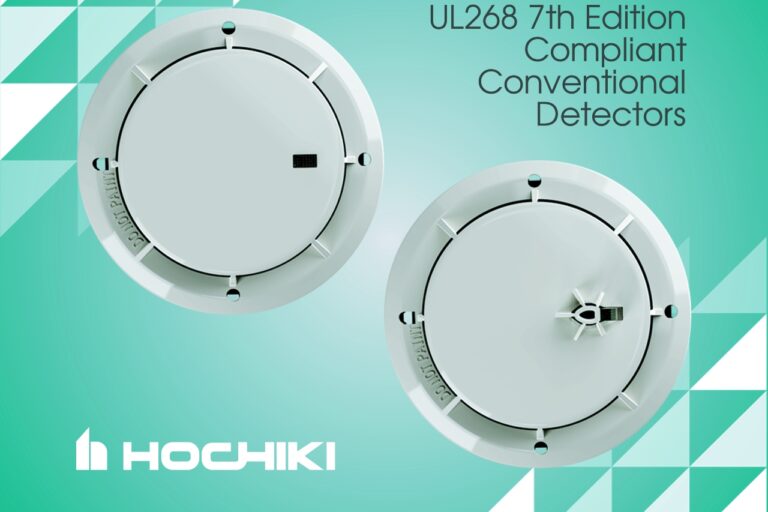The Fire Buyer team are delighted to sit down with Daniel Engelhardt, Product Manager for LUKAS rescue, to discuss the legacy and heritage of LUKAS, focusing on their innovative rescue cutters
Since the end of the 40s, pioneering hydraulic products have been manufactured in Erlangen: Initially only for industrial applications, the field of rerailing technology was added in 1955 and in 1972 LUKAS was the first supplier to develop the first hydraulic cutting device for rescue operations. This laid the foundation for an entire industry.
The LUKAS products are still assembled in the in-house production “Made in Germany” and shipped worldwide. The LUKAS team puts its heart into it and manufactures every product with precision and passion. As part of the international IDEX Corporation, synergies between the continents can be exploited and the comprehensive know-how of the existing units of the IDEX Fire & Safety family can be used.
As a result, LUKAS is able to operate globally, exchange international application knowledge and bring high-performance hydraulic products to market anywhere in the world.
Could you introduce yourself and what you do?
My name is Daniel Engelhardt and I am the product manager for LUKAS rescue. I have been with LUKAS for 16 years now and have held various positions during that time. Before moving into product management, I worked in international sales. In my current function I am responsible for the strategic as well as the operative product management of the LUKAS rescue tools.
What can LUKAS’ legacy and heritage offer the industry as a whole?
What has distinguished our market presence over the many years has been the courage to break new ground and to maintain it consistently. Even if it has sometimes taken time for these new ideas to become established on the market.
In 1972, we were the manufacturer of the first hydraulic rescue cutter on the market. In 2010, we were the first manufacturer to bring the first battery-powered rescue kit consisting of cutters, spreaders and ram to the market with our eDraulic e1 and established this technology there.
In 2019, with our eWXT line, we launched the first battery-powered rescue kit that could also be used in water, thus finally paving the way for battery technology.
LUKAS is renowned for its innovative design and industry changing products, could you discuss the new blade geometry of your cutters?
Our cutters S 378, S 789 and S 799 all have our newly developed blade geometry. It is striking that all cutters have an opening width of over 200mm. This is unique on the market, especially for a cutter like the S 378, which is in the mid-range segment. What further distinguishes the geometry of the cutters is the constant opening up to the centre bolt.
With this new blade shape, we have responded to the latest engineering in the automotive industry. What we see there are ever stronger installed materials in combination with wider posts. The cutter has the greatest cutting force directly at the centre bolt.
I can only achieve this optimum cutting point if I can completely enclose the material to be cut and pull it close to the centre bolt with the blades closing. And only with our special blade shape can even very wide material be completely enclosed and safely cut through.
How does LUKAS go about engaging with current industry challenges?
Of course, the rise in raw material prices, the shortage of electrical components and the increased cost of electricity and gas have not left us unscathed.
As far as supply chains are concerned, we have been able to rely on our great cooperation within the Fire & Safety Group during these times, which includes AWG Fittings, Akron Brass, Hurst Jaws of Life, Vetter, Hale and Godiva in addition to ourselves. Within this network, we can call on a variety of other resources that would not be available to us at LUKAS alone.
In terms of electricity costs, we have already installed 80 kilometres of cable on the roof of our in-house production facility and 1,314 PV panels with a total output of 500 kWp in 2021. This corresponds to a saving of 256 tons of CO2 (approx. 20,480 trees planted within one year) and covers the electricity needs of approx. 120 households with three persons. The PV system has a surface area of about 7,280 m².
This forward-looking investment has taken a lot of load off our shoulders, especially at the beginning of 2022 with the rising cost of electricity…
To read more news and exclusive features see our latest issue here.
Never miss a story… Follow us on:
![]() International Fire Buyer
International Fire Buyer
![]() @Firebuyer
@Firebuyer
![]() Fire Buyer
Fire Buyer
Media Contact
Rebecca Spayne Managing Editor, International Fire Buyer
Tel: +44 (0) 1622 823 922
Email: [email protected]


